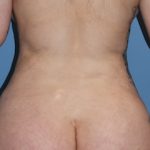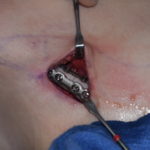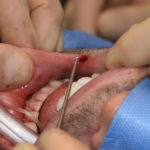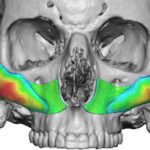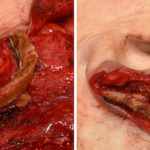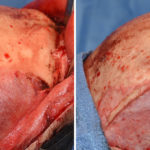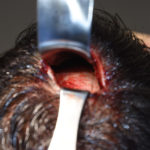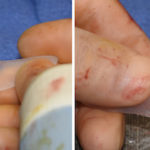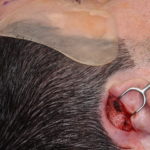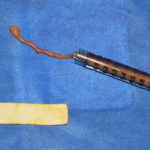Technical Strategies – Double Plate Fixation of Clavicle Reduction Osteotomies in Shoulder Width Reduction
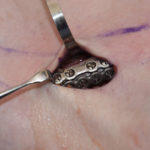
Unlike shoulder augmentation there is only one method to achieve shoulder width reduction. Shortening the length of the horizontally oriented clavicle bone allows the transverse width of the shoulders to move inward. This is done by performing a small segmental osteotomy at the inner third of the clavicle. Putting the two ends of the bone Read More…

